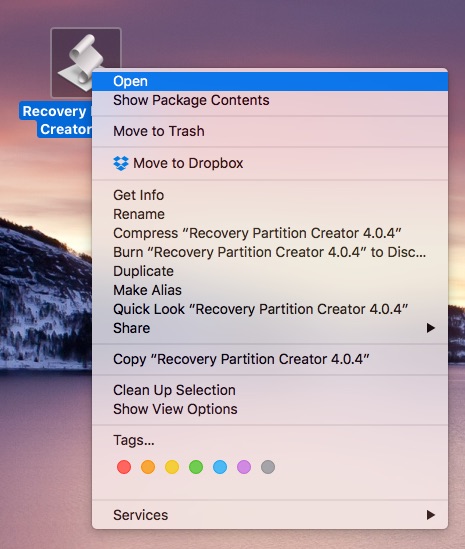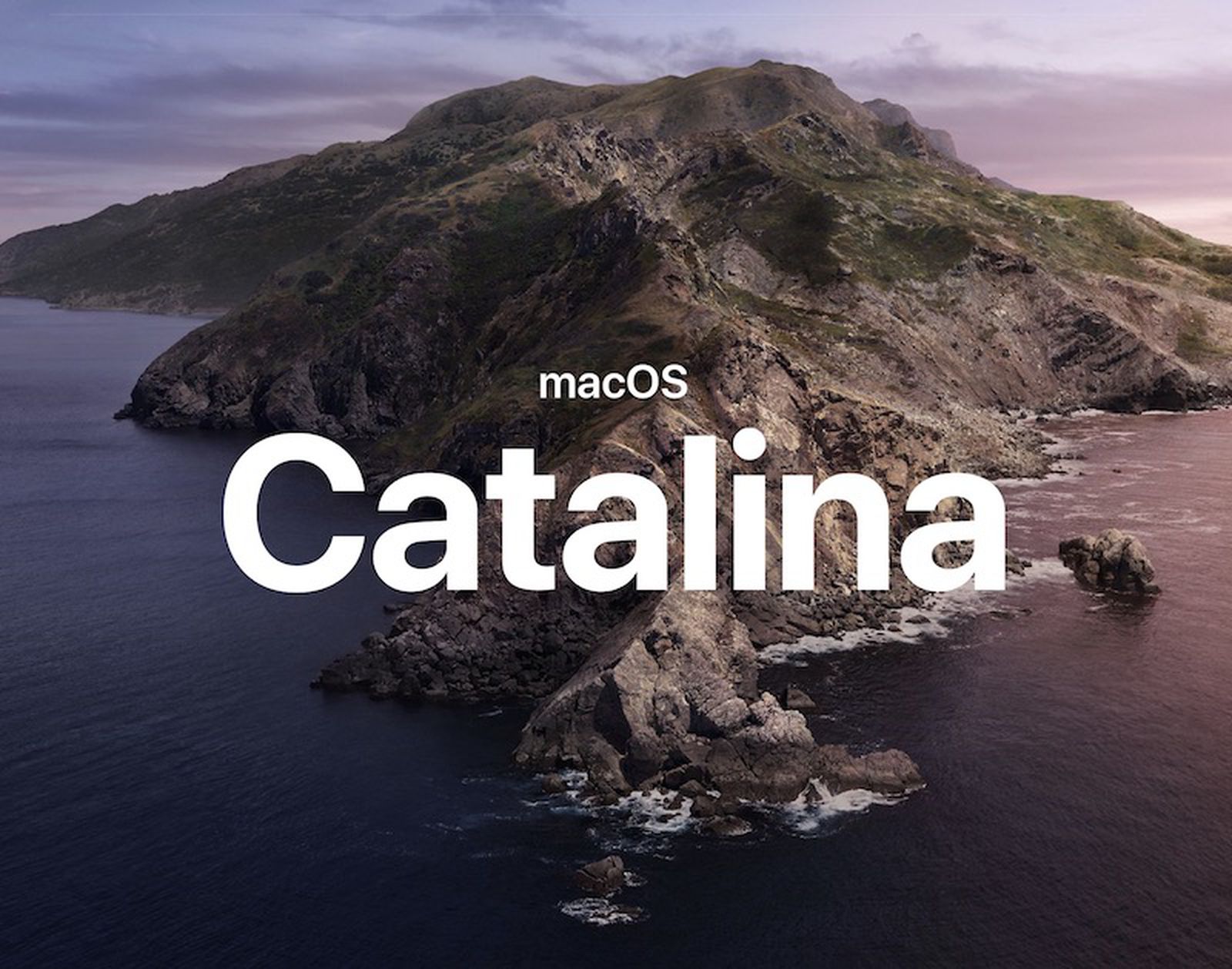
For Disk Utility, on the internal SSD, it shows the 'primary' Catalina partition, the 'Data' partition, the VM partition, and then it says '2 not mounted'. I'm guessing those 2 are the Recovery partition, and the eDrive. And for the external SSD, for the SuperDuper! (Mojave) backup, it shows the primary partition, and then it says '3 not mounted'. Learn how create a partition for Time Machine in Mac OS.Don't forget to check out our site for more free how-to videos!http://youtube.com/.
Restoring from a Time Machine backup - at least for me - won’t furnish youwith a Recovery partition. This is bad news because the only official wayof getting a recovery partition is to reinstall macOS. This seems a littlecounter-intuitive because isn’t the point of backing up your computer so youdon’t have to reinstall your OS? Anyway, let’s get to creating yourrecovery partition without a reinstall or without 3rd party tools. It’seasier than you think!
Note that this process worked for me on macOS Sierra (10.12). I give nowarranties that this will work for you so backup first.
Background
It is possible to create a DMG image from existing APFS container with macOS Catalina installation including metadata needed for complete restore (the DMG contains OS, OS Data, Preboot, Recovery and VM volumes) it is possible to restore this DMG image into empty APFS container and get a bootable copy of the original system.

As you probably already know, macOS won’t help create a recovery partition foryou and your OS will complain in these various ways:
- iCloud Find my Mac can’t be enabled
- FileVault (disk encryption) can’t be enabled

There’s a lot of info on the web about how to potentially resolve this,along with a number of 3rd party tools — and none of them worked for me. Thefirst one that was suggested was Carbon Copy Cloner and this won’t workbecause all it does it clone a Recovery HD, which means you actually need apartition to start with. I was also under the impression that would help youcreate one as well, but this isn’t possible on your boot disk. Finally,even when trying CCC from another Mac (and pointing it at my Macbook in TargetDisk Mode), it wouldn’t work either — though I can’t recall the specificreason. So CCC is out.
Next, there’s the suggestion of Recovery Partition Creator 4.x from Christopher Silvertooth.This AppleScript-based tool looks like it used to worked back in the day (10.9era) but it fails on Sierra; getting part way through and hanging. So, thisis out too. The script is saved as read-only so the raw source isn’tavailable but looking at what it does call (dmtestensureRecoveryPartition) lead me to a fully workable solution.
Solution

Firstly, you’ll either need two Mac computers or the ability to boot yourcomputer off an external drive because the recovery partition creatordmtest can’t write to your boot drive. The latter is easy if you’ve got aspare cable for Target Disk Mode (hold down T as your computer starts up).If so, connect it to the second Mac, and start the machine you want a Recoverypartition on in Target Disk Mode.
Otherwise, if you can boot a second disk (USB etc) connected to your targetcomputer, then just do so. I had a spare Mac on hand so that was much fasterand easier than installing macOS onto a USB.
After your second Mac/macOS install can see the disk you want to install arecovery partition onto (use either Disk Utility or diskutil list to checkits presence), do this:
Run this in a terminal after you have downloaded Sierra, or your OS, from theApp Store. Adjust the TARGET and MACOS_INSTALLER paths accordingly.
Essentially, we download the latest (easily) accessible Recovery drive .dmgwith dmtest in it, the utility that’s going to help us create the Recoverypartition, and then mount/use the .dmg inside the macOS installer to get thework done. Don’t mind that the dmtest is from Lion; it works just finewith Sierra. This won’t take long to run and the debugging messages in yourterminal tell you what percentage complete the process is.
Feel free to adapt this to your own paths or for different versions of macOS.
On the off-chance (read: very likely possibility) that Apple removes the LionRecovery HD installer, you can use the backup copy of dmtest that I’ve gotstored here. Note again that this file was from Lion and may or may not workwith any future macOS after 10.12.
Go Top